News
Joe Vesey-Byrne
Aug 03, 2017

Picture:
iStock/Getty Images
Expert health writers have paired the different exercises you should to suit your age.
The information, published in the e book How to Live to 100, was written by Lindsay Lyon, Kimberly Palmer, and Philip Moeller.
While inactivity can be reversed by taking up exercise, having a life long programme will have much better health benefits.
Think of it as saving, by being healthier now to give you a better life when you're retiring.
20s
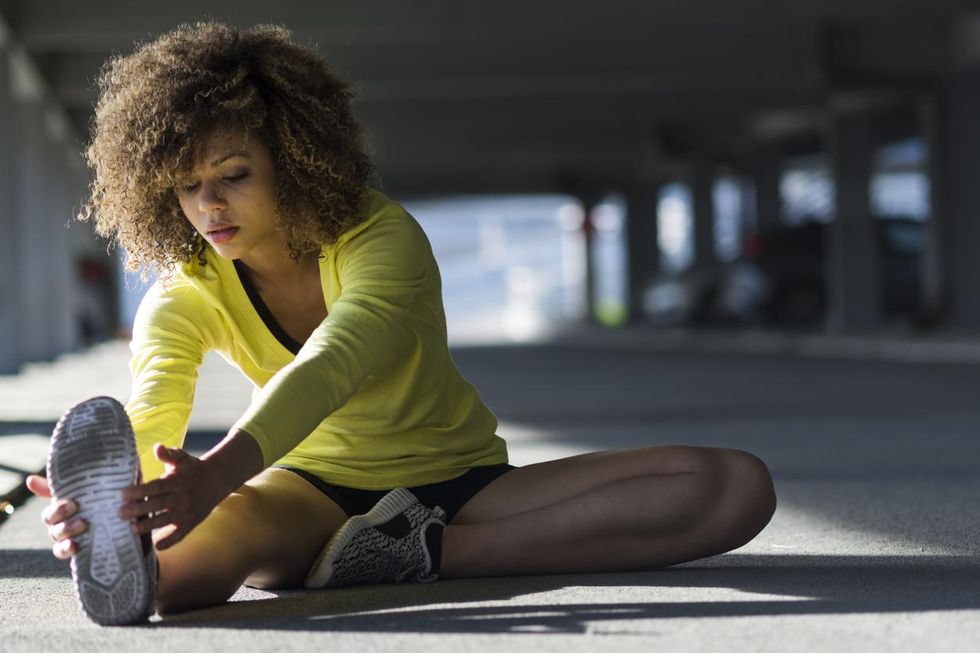
Although this is the decade when you can fill your body with junk and will still function, this is a huge waste of the time to build your 'fitness base'.
The muscle strength you build up in your 20s can stay with you into old age.
The book also recommends these activities for at least 30 minutes:
- Lifting weights
- Pushups
- Lunges
20 somethings should aim to exercise for two to three hours per week, a comfortable 8 reps at least, and no more than 12.
According to Pamela Peeke, assistant professor of Medicine at the University of Maryland, four or more hours of exercising per week can reduce a woman's risk of breast cancer by 60 per cent.
Risk of colon cancer can be cut by 30-40 per cent if you complete three to five hours of cardio per week.
30s
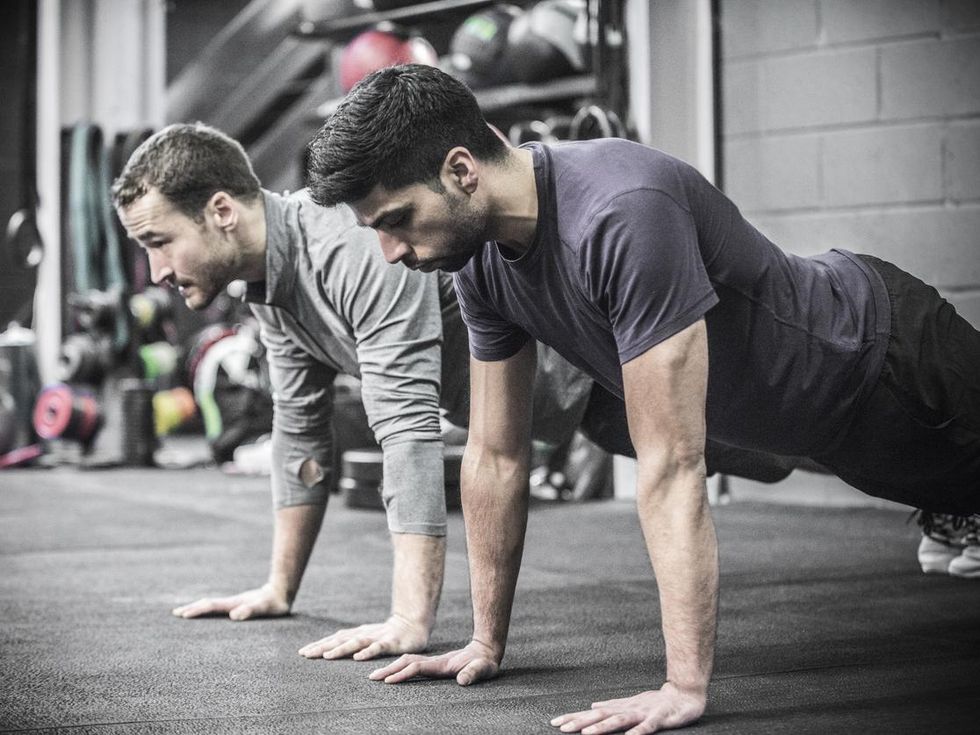
Diversifying your sports programme. If your 20s was when you became really good at one thing, then your 30s it's time to try something new.
This is advice of Kark Knopf, the coordinator of the Adaptive Fitness Program at Foothill College, and the author of Kettlebells for 50+.
It's important because one sport or form of exercise will overwork certain parts of your body and neglect others. For instance, Swimmers who only swim can later have posture problems, no matter how much they exercise in the pool.
Exercises for your 30s should mix upper and lower body strengths, so if you're already doing some of these, try the others:
- Cross-training
- Cycling
- Running
- Swimming
- Yoga
- Tai chi
- Dancing
Stretching is also important, and Knopf suggests heel to toe walks.
40s
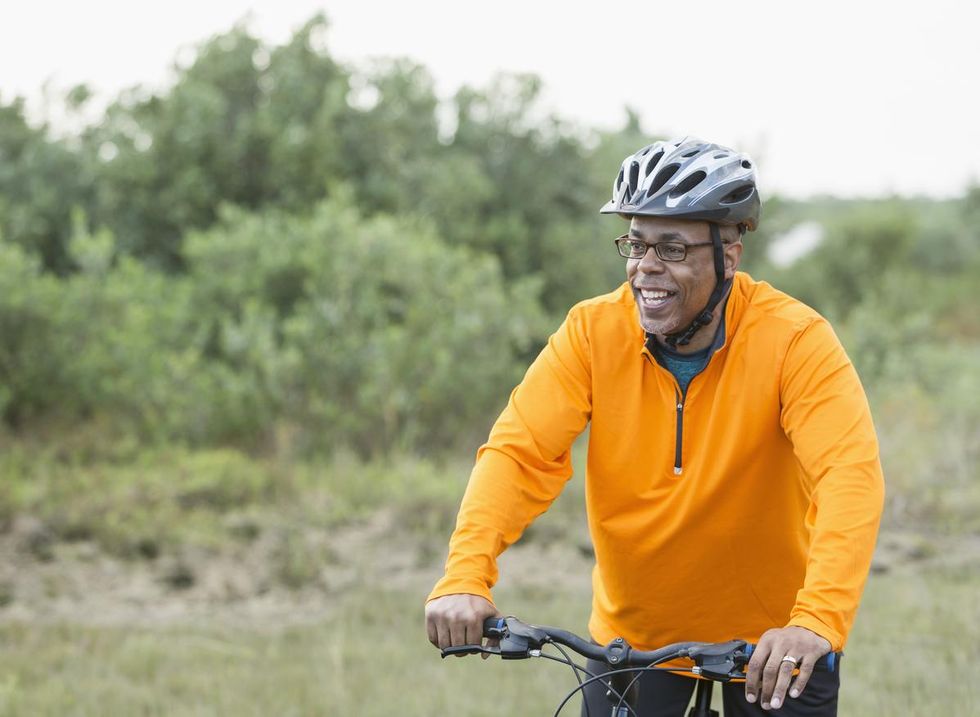
According to US News, your 40s are when you can preserve your strength and fight belly fat.
Peeke says that while many people stop weight lifting in their 40s, this is exactly when they should up the amount they do.
Muscle strength drops in both men and women - specifically for men this can be by as much as five to eight per cent.
Keeping this lean muscle and your metabolic rate high requires regular strength work outs. This will keep your calories burning away, and the fat away too.
- Weight lifting
- Consistent exercise
This second tip isn't a specific action, but keeping up regular exercise will help fight off stress, which your hormones kept at bay in earlier years.
50s
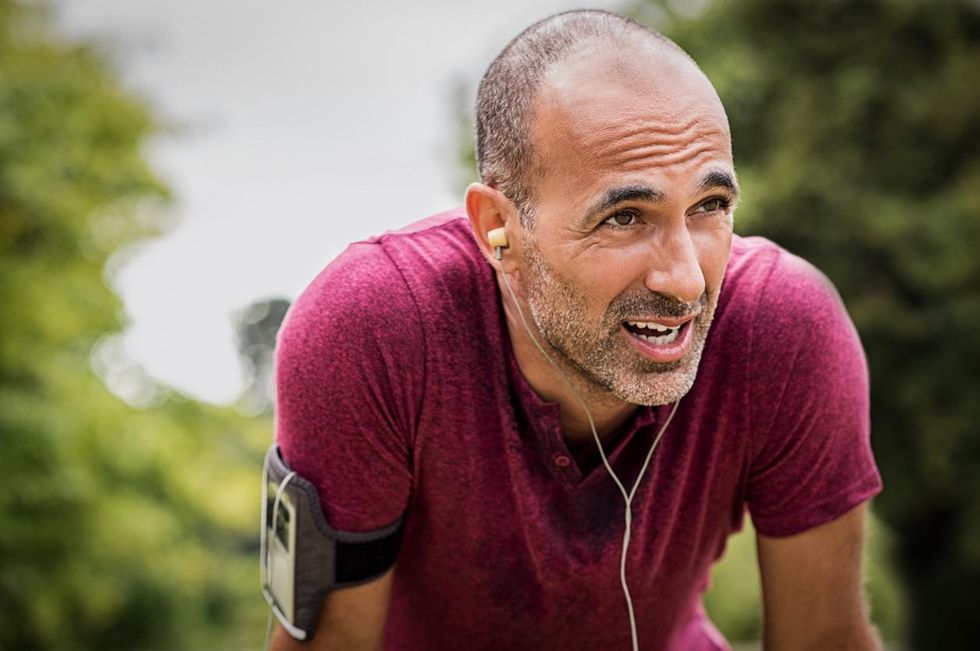
Aches and pains are inevitable with ageing, but you can adapt your exercise programme around them. So if you have sore knees, cut out running and take up swimming.
Try these exercises:
- Pilates
- Yoga
- Aerobics
The first two of these will help with back strength, and stopping your posture from curving forward, as tends to begin around this age.
The American Heart Association recommends 30 minutes of aerobics, five times per week.
According to Knopf, there's no need to overdo in these sessions. Aerobics are just as effective in your 50s when done at at moderate exertion, and this will avoid extreme fatigue and muscle soreness.
60s
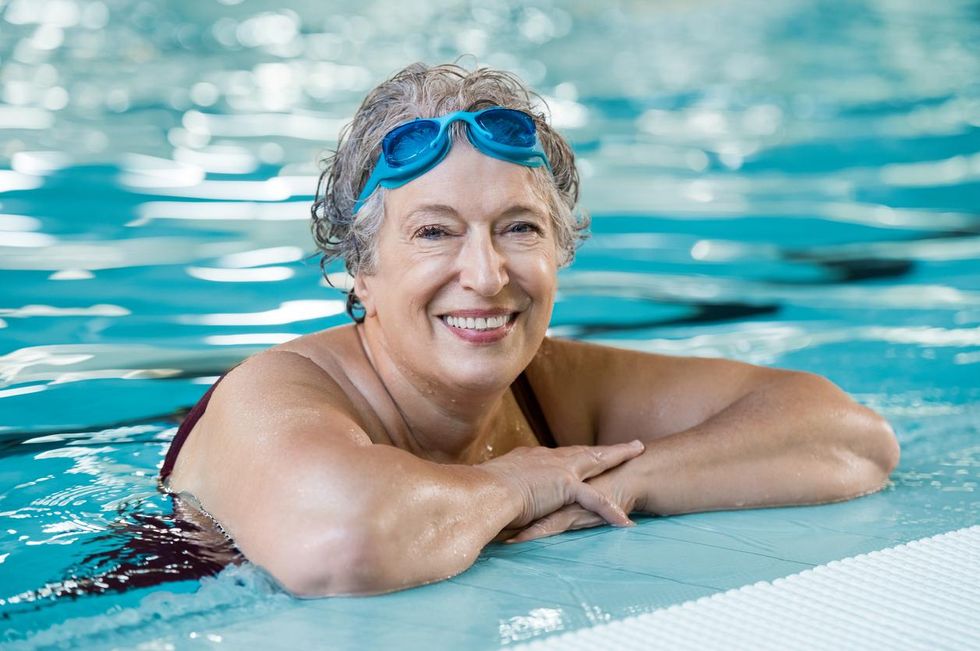
Continuing regular exercise will offset chronic conditions like diabetes and heart disease.
Moreover, having greater body strength will improve your chances when you take a tumble, avoiding hip fractures.
Good exercises to keep up are:
- Weight lifting (at least once, ideally two or three times per week for 30 minutes).
- Alternate between upper body and lower body.
- Zumba
- Water aerobics
These last two are suggested by Peeke for their communal nature. She recommends joining classes and working with a certified trainer after 60.
70s
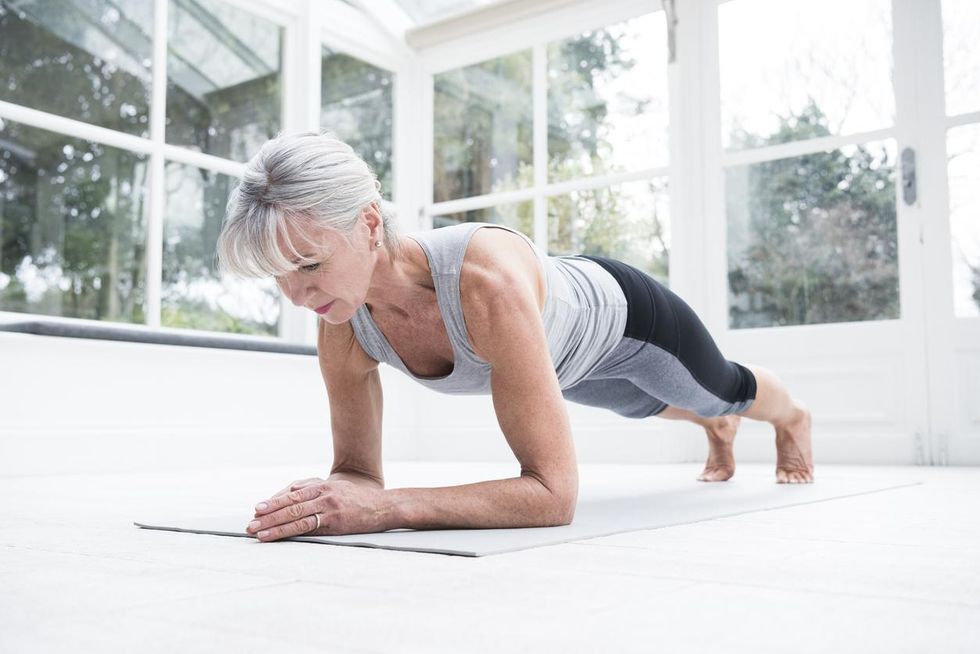
From your 70s onwards, avoid rigorous workouts but keep active.
In classes for over 70s run by Knopf, he says that exercises from earlier in life are repeated, but done around a chair.
- Arm raises with resistance bands
- Leg lifts
- Aerobics (chair based)
- Stretching
One is never too old to benefit from exercise.
HT How to Live to 100, US News
More: Drinking coffee is good for your workout, new study suggests
Top 100
The Conversation (0)













